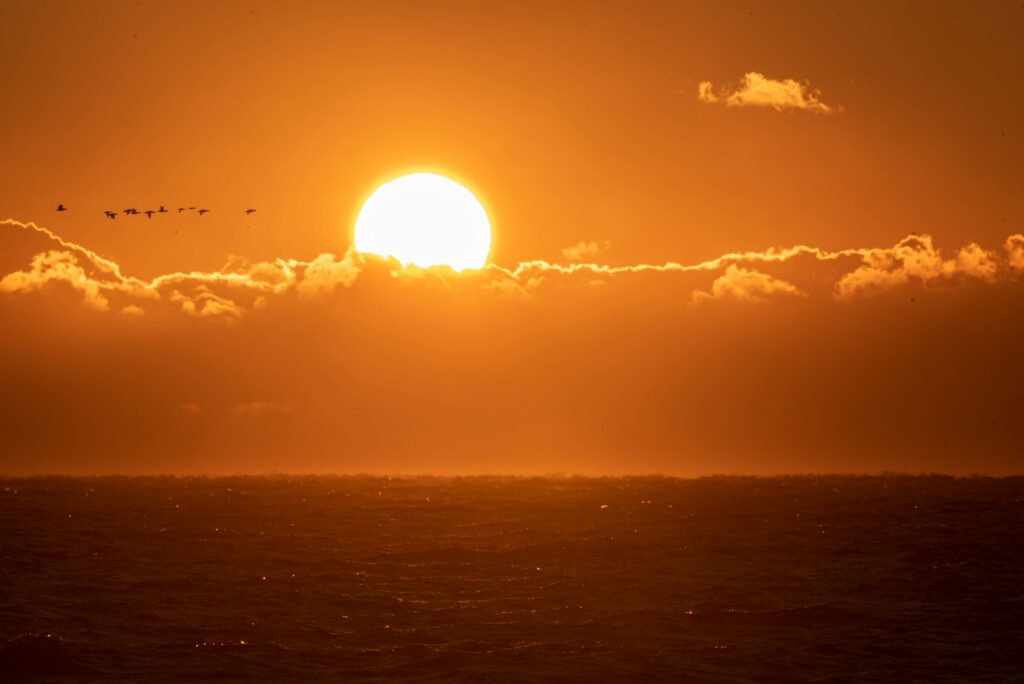And getting cooler. According to a new analysis by a group of Thailand-based scientists led by Nitinun Pongsiri of the Prince of Songkla University, (h/t Friends of Science) since the turn of the century the surface of the Greenland ice cap has been cooling at a rate of about -0.055C per decade. But don’t go around thinking that all the extra CO2 in the air isn’t causing the ice caps to warm up and melt. According to the theory that’s exactly what it does. Except where it doesn’t. Like um in Greenland.
Greenland is in fact the largest island in the world. And in fact, and famously, it is not green. Instead it is covered in a thick glacier except for a few coastal areas which were rather green during the Medieval Warm Period, enticing Eric the Red and his fellow Vikings to voyage there and take up farming. That only lasted until the Little Ice Age set in, and it has never warmed up enough since then to rival the conditions that greeted Eric. Farmland it’s not.
Nor is it likely to be any time soon. The Thai scientists noted that the surface of Greenland doesn’t have many temperature monitoring stations on it, climate scientists being much more interested in running computers in heated labs that obediently do what their parameters tell them to than mucking about looking at actual weather stations on the ice caps they keep saying are disappearing. But around the turn of the century a satellite called Terra was launched with sensors capable of measuring temperatures over parts of the land, including ice caps. And by comparing the satellite measurements with the limited weather station data that is collected, scientists have determined that the satellite record is reliable. Unlike those computer projections.
These scientists divided the land surface into 36 sub-regions and estimated warming rates for each one. And while a few showed warming, many showed cooling, though none showed a statistically significant trend either way. The results were summarized into four regions as follows:

The overall average (bottom line) shows a cooling trend of -0.055 deg C per decade. But as we say, that figure is not significantly different from zero. Still, what it shows is cooling, the famous not warming. A propos of which, the authors do mention studies that have said Greenland is losing ice but then remark “the observed ice-sheet melting in Greenland within the last two decades could be due to other factors” than warming, which is a pretty safe bet given that there hasn’t been any warming.



This is obviously due to global boiling - what more proof is needed?! 😉
Is there any explanation of the consistent south to north "warming" trend, or rather north to south "cooling"?